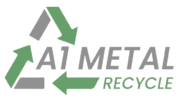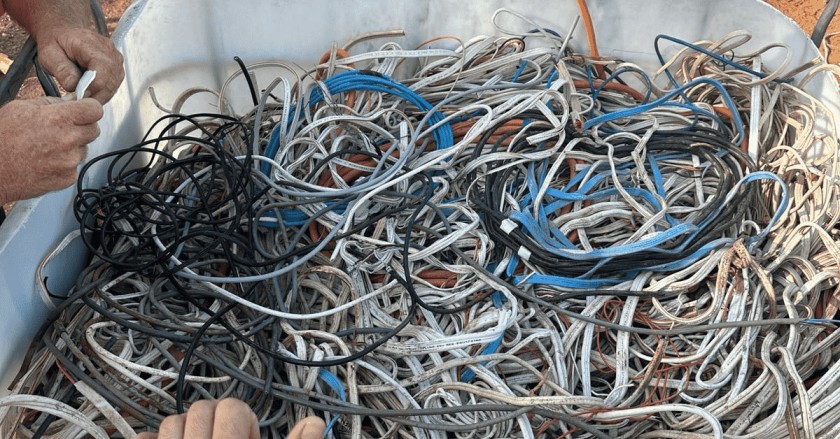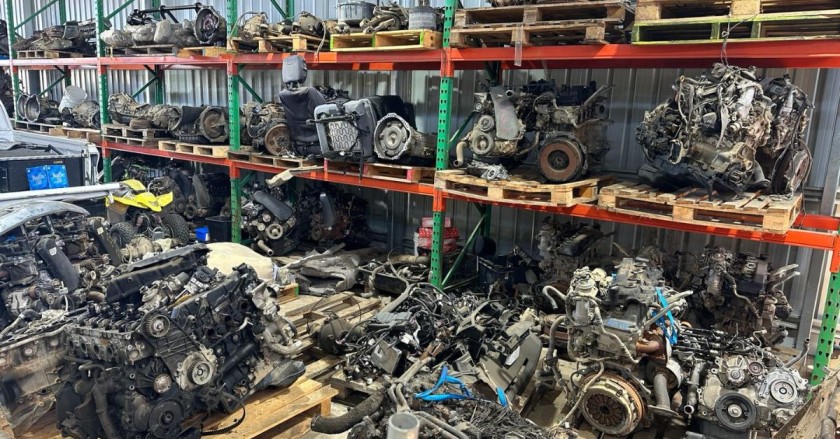When you sell scrap metal, you probably feel pretty good you’re clearing out space, maybe earning a bit of extra cash, and doing something responsible with old or unused materials. But have you ever wondered what happens to your scrap metal after you leave the buyer’s yard?
Most people don’t think about it again once the deal is done. But your scrap metal goes on an interesting journey after it changes hands. From sorting and grading to bulk preparation and eventual use in new products, there’s a lot going on behind the scenes. So, if you’re curious about what happens to your scrap metal after you sell it, you’re in the right place. Let’s break it all down step-by-step no technical jargon, just real talk.
Step 1: Sorting and Grading
The first thing that happens to your scrap metal after you sell it is sorting. Once it arrives at a scrap yard or processing facility, trained experts and specialised machines go to work separating and identifying the different types of metals.
Ferrous vs. Non-Ferrous Metals
Scrap metal is typically divided into two main categories: ferrous and non-ferrous metals. Ferrous metals, such as steel and iron, are magnetic and are most used in construction, infrastructure, and heavy-duty industrial applications. On the other hand, non-ferrous metals like copper, aluminium, brass, and stainless steel scrap are non-magnetic and tend to be more valuable.
How Is It Sorted?
The sorting process for scrap metal involves several methods to accurately separate different types of materials. Magnets are commonly used to quickly extract ferrous metals due to their magnetic properties. For non-ferrous metals, more advanced tools like X-ray fluorescence (XRF) analysers are employed to determine their exact composition. In some cases, manual sorting is also necessary especially for items made from mixed materials or those that require a closer inspection.
Step 2: Preparing the Metal for Bulk Handling
Once your metal is sorted and graded, it’s time to get it ready for the next big move. That usually means processing it into forms that are easier to transport and sell.
- Compacting: Light metals like aluminium cans or thin sheets are compacted into blocks to save space.
- Stripping: Wires and cables may be stripped to remove insulation, making the copper inside easier to sell and use.
- Cutting/Shredding: Larger pieces like pipes, beams, or car parts are shredded or cut down into manageable pieces.
- Cleaning: Some scrap may go through a cleaning process to remove dirt, paint, oil, or other surface materials.
· Baling: Metals such as aluminium or steel cans are sometimes baled, which means they are compressed into tight, manageable bales.
Step 3: Off to Foundries, Mills, and Manufacturers
Once your scrap metal is sorted, cleaned, and compacted, it’s ready to leave the yard and head to various scrap metal buyers. The processed metal is typically sold to foundries, steel mills, and manufacturers. Foundries melt the metal down to create bars or rods, while steel mills combine it with other materials to make new products. Manufacturers use it directly as raw material for things like auto parts, electronics, and construction supplies. By utilising scrap, these buyers save on costs and production time, as scrap metal is often already refined, making it a more efficient option than using new raw materials. Your old appliances or metal parts might end up in everything from car engines to smartphone components!
Step 4: Local Use vs. Global Demand
The journey of your scrap metal can take it both locally and globally, depending on the type of metal and market conditions. Some scrap stays within the region, where local construction companies or fabricators use it for smaller projects, which helps keep costs low and supports local industry. On the other hand, high-value metals like copper scrap or aluminium may be shipped internationally to meet demand in large manufacturing hubs. The destination of your metal depends on factors like market prices, the availability of local buyers, and the volume and type of material. It’s fascinating to think that the scrap you drop off today could be on its way to another continent in just a few weeks.
Step 5: Regulations, Safety, and Responsibility
Scrap yards and buyers must follow environmental, transport, and safety standards. Here’s how:
- Documentation: Every transaction and shipment must be logged and traceable.
- Permits and Certifications: Many yards carry industry certifications to show they meet proper standards.
- Environmental Protocols: Safe storage and handling prevent pollution or hazardous leaks from items like batteries or contaminated materials.
- Worker Safety: Equipment operators and handlers use protective gear and follow protocols to avoid injuries.
· Compliance with Legal Standards: Scrap yards and buyers must adhere to local, state, and federal regulations regarding the handling and sale of scrap metal.
Final Thoughts: A Bigger Journey Than You Might Expect
Selling scrap metal is often a simple, quick transaction but the journey your metal goes on afterward is anything but simple. From sorting and prepping, to fuelling global industries, scrap metal plays a key role in the modern economy. And when you sell your metal to a professional buyer, you’re part of that chain. You’re not just clearing space you’re supplying raw materials that power progress.
So, the next time you haul in a load of scrap, take a moment to appreciate where it’s headed. It might be just metal to you but to someone else, it’s the start of something brand new.



